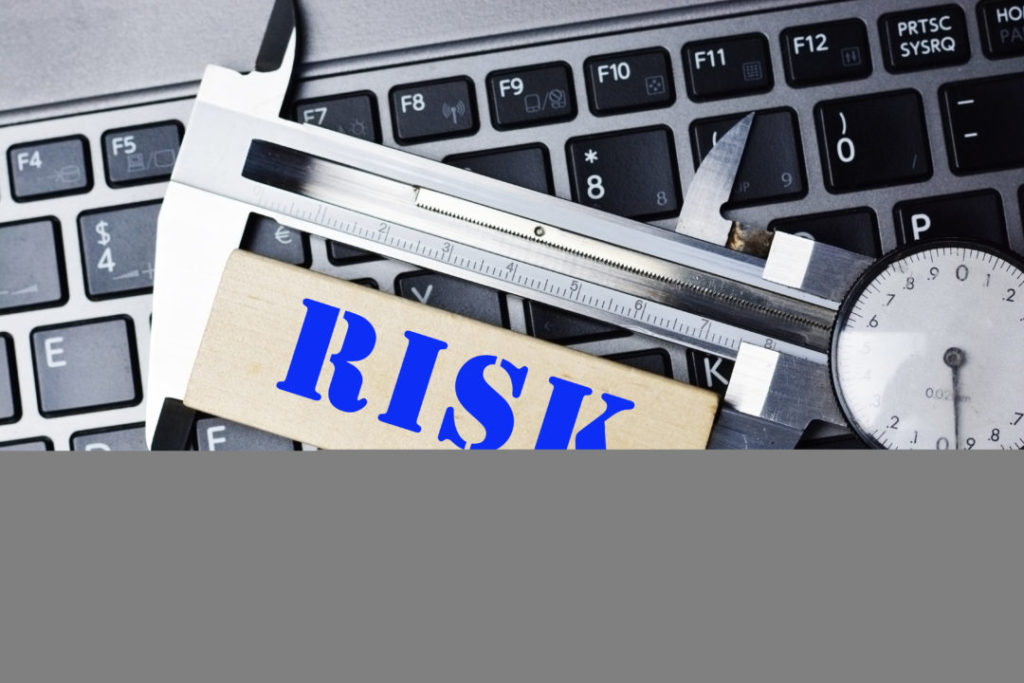When it comes to our own personal financial plans, we tend to think of risk as a bad thing. You avoid things that are risky, and the safer a plan is, the better. But risk is foundational to finance. Risk is a key driver of interest rates and investment returns and without risk, there would be no insurance industry. When it comes to personal finance, in some instances risk is unavoidable.
The key in building a durable financial plan is identifying risks and then coming up with a plan to address them. When it comes to risk, you have 3 choices – you can avoid or reduce them, you can accept them or you can transfer them. If you buy a Treasury Bill and hold it to maturity, you avoid risk since both the interest and return of principal are guaranteed. The price for avoiding this risk is a lower return. A T-bill might be a good place for an emergency fund, but you likely can’t afford the price for avoiding risk over the long-term. Treasury returns historically just haven’t been high enough for most people to meet their financial goals.
You earn the higher return you need by accepting more risk1, and then planning for that risk as we do in building financial plans. You also accept risk when you take on debt, but at times – such as when it comes to buying a home – taking on debt is unavoidable. Just as with your long-term plan, if you plan for debt thoughtfully, it can be a key tool in meeting your long-term goals.
The last area in which risk comes into play is the most obvious – insurance. With insurance, reducing risks, transferring risks and accepting risks all come into plan. As an example, when it comes to homeowners insurance, you accept risk when you increase the deductible on your homeowners insurance, as you might do because you want a lower premium.
Even with a higher deductible, you have transferred the lion’s share of the risk – the difference between your deductible and your home’s replacement cost – to the insurer. A key step in making insurance purchase decisions is determining the likelihood of a loss, the maximum amount of a potential loss and how much you can afford to bear.
Understanding your risk – both the likelihood and potential amount – will help you determine what type and how much insurance to purchase. As an example, we use life insurance primarily to cover loss of income, and since most of our clients don’t plan to work their entire lives, we generally recommend term life insurance over whole life.
When it comes to planning your financial future, risk is unavoidable. However, planning carefully will help you avoid unforeseen risks, minimize the cost of addressing those risks and increase the likelihood you’ll achieve the returns you need from investments to meet your financial goals.
- The positive relationship between risk and return applies to a diversified portfolio. More specifically, the greater the percentage of the portfolio that is invested in a diversified basket of riskier investments, the higher the return. Avoiding diversification and taking a flyer on a penny stock is much likelier to end in tears than an eye-popping return. ↩



